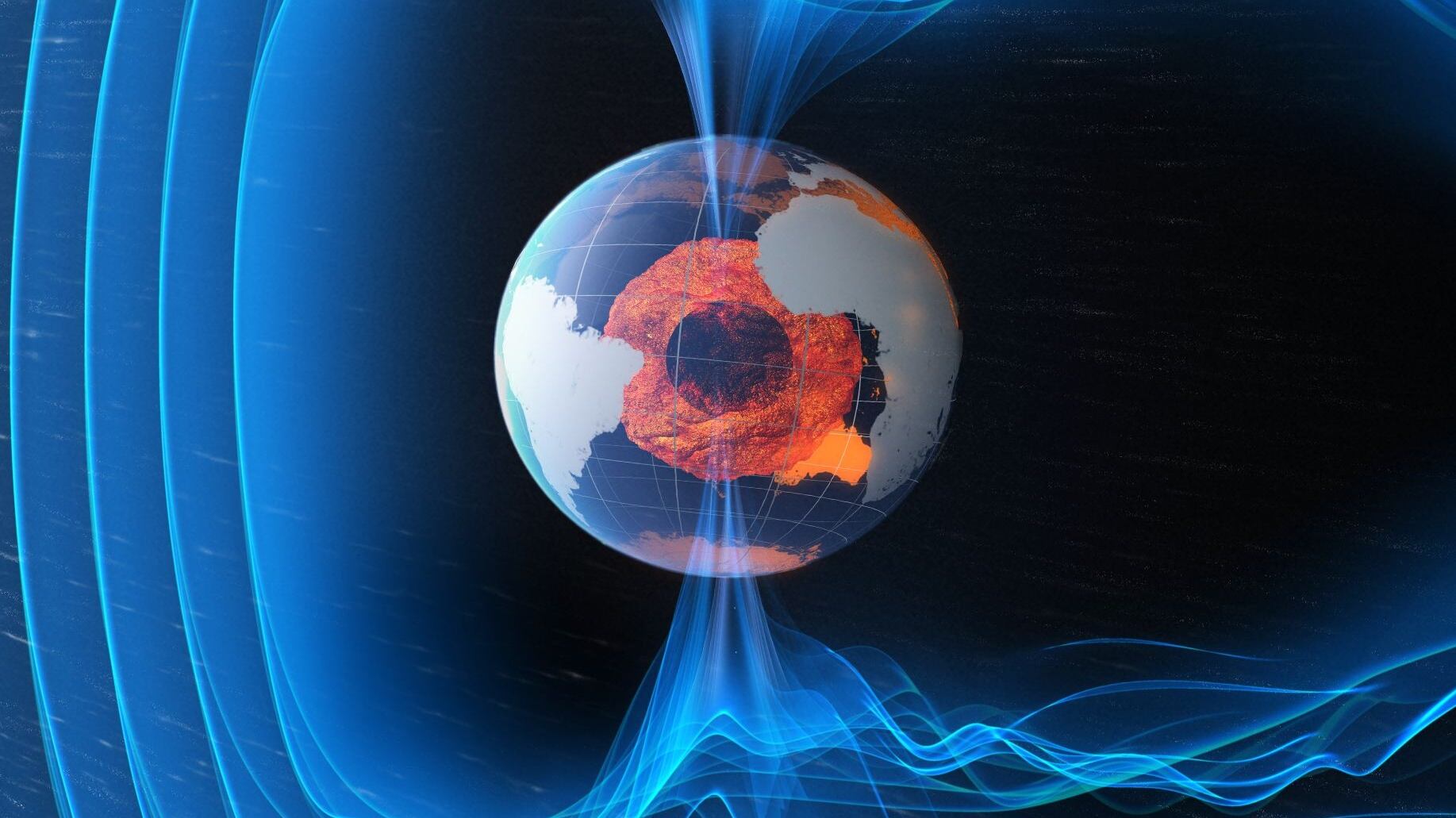Arctic travelers will have better information about blackout zones — small regions near the magnetic poles where compasses become unreliable — thanks to an updated 2020 World Magnetic Model.
A combined effort of the National Geospatial-Intelligence Agency, the National Oceanic and Atmospheric Administration and the British Geological Survey, the World Magnetic Model provides the navigational data needed to correct for the difference between the Earth’s geographic and magnetic poles. Military planes, ships, submarines and GPS units rely on the model for accurate navigation.
The 2020 update, released Dec. 10, includes a new feature: blackout zones.
“We’ve added something new that we call blackout zones, and these are areas around the north and south magnetic poles which we highlight as essentially ‘Do not trust your compass’ zones,” said Mike Paniccia, the NGA’s program manager for the World Magnetic Model. “If your flying an airplane over the north pole, you need to know where you can trust your compass and where you can’t.”
RELATED

Prior to this update, information about blackout zones was vague, Paniccia said. The new model automatically loads blackout zone information into navigational systems and includes buffer zones to let travelers know when the reliability of compasses degrades approaching these blackout zones.
Updated models are published every five years to account for the constant shifting of the Earth’s magnetic poles — about 50 km a year according to Paniccia — but last year the NGA had to issue an out-of-cycle update to correct for an unexpectedly larger change. Paniccia said that was likely a one-time event.
According to the Paniccia, the NGA is looking to procure a new data collection tool to build the World Magnetic Model upon.
“For the 2030 release we’re going to need something new,” he said. "And so NGA and DoD is almost certainly going to do a procurement of something. We don’t know what that something is, but it’s worth saying that we are going to invest in a new data collection system.”
Earlier this year, the NGA launched MagQuest, a global competition that offers prizes to participants who can come up with methods to collect reliable, sustainable geomagnetic data to feed into the World Magnetic Model. Phase 3 of the contest could begin as soon as early 2020, he said.
Nathan Strout covers space, unmanned and intelligence systems for C4ISRNET.








